Many dog owners know, use and love it: dummy work! For most people it is the ideal mix of training, exercise and fun. Start today with some light exercises to promote the relationship between you and your dog. In this blog post, learn the basics of dummy work and some important pieces of equipment.
Hello, my dears!
My name is Alex and I am completely enthusiastic about dummy training. Maja is my beloved 2 year old Golden Retriever dog. Because of Maja, I became more interested in this sport and this type of activity. Dummy work and retrieval training have been with us since Maja was a puppy. Several times a week I give Maja a variety of tasks with our numerous dummies.
We don't go to any exams and do dummy training solely for fun and enjoyment, but with a certain focus on performance. With a lot of patience we were able to massively expand our skills. For us, fun is our top priority in every exercise; performance is often secondary.
We would be happy if we can get you excited about this great and versatile sport. We also hope you enjoy reading and practicing.

Content of this blog article:
- What is dummy training?
- Dummy training in hunting training
- Who is dummy training suitable for?
- Equipment for training with dummies
- Utilization through dummy training
- Learning effect when training with dummies
- Dummy training as sport
What is dummy training?
Dummy training is training and sport in one, with everything revolving around retrieving. It originally comes from the training of hunting dogs. But it quickly found its way into dog sports and into many dog households as a great exercise and training option.
The popularity of dummy work lies not only in the variety of possibilities, but also in the simplicity of execution. The many positive effects in the training round off the overall 'dummy work' package.
Today's blog post provides general information about dummy training, gives suggestions and makes you want to try new things. It is not a step-by-step guide as every dog is different and the training is structured individually.

Dummy training in hunting training
Dummy training has its origins in the dog's hunting training and is part of the work after the shot. Hunting dogs learn to bring hunted game back to the handler. Initially, you practice with a dummy to create a stable foundation. The hunting dog learns to grip in the middle, not to crumple (chew on the dummy), to retrieve safely and to sit in front. Only when it works well with different bags does the hunter practice on the game.
There are special dummies modeled after a duck or a rabbit for hunting training. With these dummies the dog gets used to the shape and dangling of the prey when retrieving. Special fur dummies are also used because an animal's fur is very tempting for many dogs. Furthermore, heavy dummies are used to specifically build muscles for hunting use.
Who is dummy work suitable for?
All retriever breeds are predestined for dummy training. These dogs have long been bred for exactly these tasks. Retriever comes from the English verb “to retrieve”, which means “to recover”, “to bring back” or “to regain”.
Dummy work is exclusively for retrievers or are other breeds and mixed breeds also suitable? No, dummy training is suitable for 'every dog', regardless of breed, age, state of health and area of application. The great thing about dummy training is the variety of options for adjustment. You can adapt each dummy training individually to your beloved dog.
This means he is neither under- nor over-challenged; you can take possible limitations or talents into account and provide targeted training incentives. This makes it possible for every dog to practice dummy training. At completely different levels, but always with a lot of fun.

Equipment for training with dummies
To practice dummy training, you first need your dog and a dummy.
Dummies come in all sizes, shapes, weights, materials and colors. When choosing a dummy, it is important that your dog can carry it well. The size of the dummy is chosen so that the dog can easily catch it, but it is not too small.
The dummy shouldn't be too heavy, especially not at the beginning. However, the size does not determine the weight, but rather the filling of the dummy. Some dogs have likes and dislikes about the material. In addition to canvas and canvas, there is a whole range of other materials. Choose a material that your dog likes to catch.
A popular alternative is the food dummy - a bag into which food can be filled. For some dogs, this dummy is the ideal introduction to learning to retrieve, as they can only get to the food with human help. However, it is much more difficult for other dogs because the prey in the form of food is even more valuable and they are therefore reluctant to give it up.
Of course, you can also do dummy work with other objects, especially if it's purely for fun, such as dog toys.

If you are more ambitious with dummy training, I recommend a good dummy vest or bag. This makes it easy to transport dummies. Likewise, a whistle becomes more important as training progresses and is important for advanced exercises.
It is practical to have a helper to throw or hide the dummy, but you can easily practice this sport on your own. A helper has the advantage that you can work over longer distances and your dog is not alone during the throw. If problems arise, your helper can also intervene.
What should you pay attention to when training?
There are a few things you should pay attention to when training dummies so that no one is harmed. If you pay attention to a few simple things, nothing will stand in the way of having fun.
Warm up
Every athlete warms up. We should do the same with our dog. When you warm up, your muscles become looser, your cardiovascular system is prepared for the stress, and your joints are lubricated. Warming up reduces the risk of injury and improves the dog's physical and cognitive performance.
cooling down
Warming up is easy: you can go for a walk for a few minutes and let your four-legged friend run in all gaits. Muscles are additionally stretched through tricks such as rotations or the request to play.
After training, a cool down supports the dog's regeneration. The body and mind are in work mode after training. By running calmly, the cardiovascular system can shut down, the muscles relax, and the body temperature drops to a normal level. Stretching can provide additional support. This way you prevent muscle soreness and your dog can quickly calm down after training.

Tip from Fynn & Maggy
Our warm-up program begins with a short walk. Fynn can then make a few turns clockwise and counterclockwise. Some serpentine lines through the legs are also a must. Finally, he can show me a few of his favorite tricks: 'Male', 'Jump' and 'Servant'. I quickly noticed that Fynn was much more attentive to the subsequent training if I also 'warmed up his brain'. That's why I alternate the tricks with a few basic commands in quick succession. This motivates Fynn particularly well.
Dummy training is carried out on springy, soft ground, for example on a meadow or in the forest. Since the dog performs quick starts, stops and turns during dummy training, the joints are protected. Hard surfaces such as asphalt affect the joints.
Pay attention to your teeth and muscles
Attention: If your dog is changing teeth, you should adapt or suspend the training. Wearing dummies in your teeth hurts during this time. Pain can cause the dog to lose the fun and motivation of dummy training. Depending on how the teeth change goes, it makes sense to take a break from dummy training. If you notice that your four-legged friend is suddenly reluctant to hold the dummy, you should have its teeth checked. Remember: Adult dogs can also have problems with their teeth.
Dummy work strains the dog's entire muscles. Just carrying the dummy activates various muscles from the jaw, neck and back. It's a full body workout. This is why intense training causes muscle soreness. Don't worry, it will go away on its own. However, you should give the muscles enough time to regenerate after the exercises.

Utilization through dummy training
Very few dog owners go hunting with their dog. Dummy training is a great alternative to exercising your dog physically and mentally.
The dog moves a lot during dummy training. Depending on the task you give it, it will cover more or less distance. Training is physically demanding, especially in difficult terrain (for example in the undergrowth or on steep terrain) or in water. Your Wuffi builds muscles and develops more endurance.
When working with dummies, the dog thinks a lot and often has to control himself. As a rule, he has to wait until he can start running - the perfect exercise for impulse control and staying put. Depending on the task, he has to concentrate hard to remember trap locations and search the area. In addition, he concentrates on his people in order to work with them and independently develop solutions to problems. It's really rattling in my head.
Your dog will be fully utilized by the dummy work and will definitely be happy about it. The combination of physical and psychological stress makes dummy training particularly effective. That's why you shouldn't underestimate it so as not to overload your four-legged friend.

Learning effect when training with dummies
Dummy training is useful work for the dog and he learns a lot during training.
An important factor is impulse control. The dog learns to control its impulses and not give in to them. He is not allowed to immediately run after the dummy that has been thrown, but rather waits until the dial tone is heard. This is not easy at all for your darling.
Dummy training improves obedience, communication and cooperation between dogs and humans. Depending on the task, this learning effect varies in intensity. Furthermore, the bond is strengthened because shared activities, fun and success connect.
Dummy training also appeals to the dog's hunting instinct: the dummy replaces the prey. This means the dog can live out his hunting instinct in a controlled manner and learns to remain controllable. Even if dummy training does not completely replace anti-hunting training, it can be a valuable part of it.

Dummy work as sport
Over time, dummy training became a real dog sport with tests. These are called working tests or mock trials and are organized in associations or clubs. There are different classes like in other dog sports.
During the working test, individual hunting situations are recreated. The dogs work multiple tasks and are evaluated by multiple judges.
In a mock trial (or dummy trial), the entire process of a hunt is recreated in the test. This means that the test tasks for each dog vary. During the test, judges assess the dogs' work.

Next week we will continue with important information and many different exercises. We are looking forward to you!

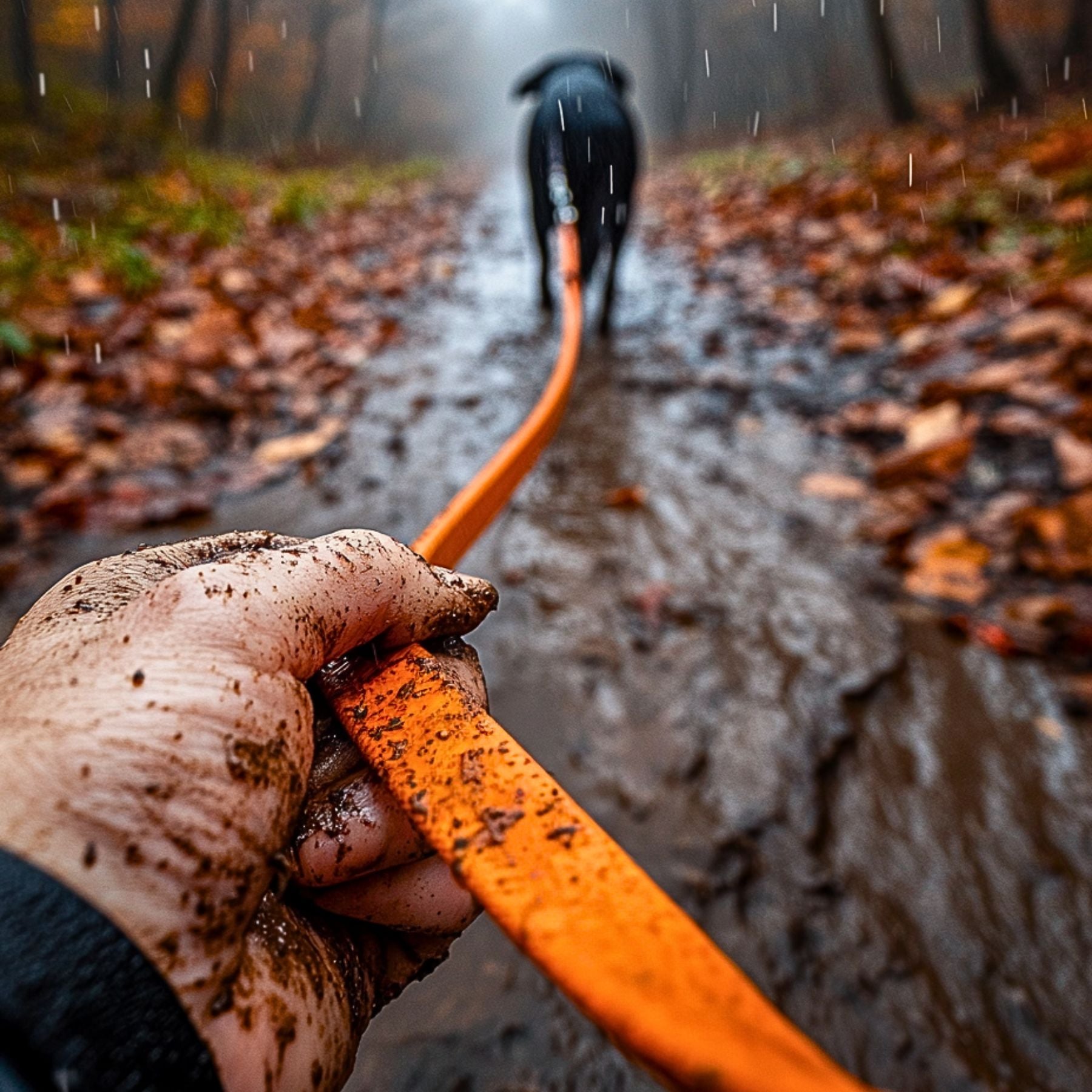
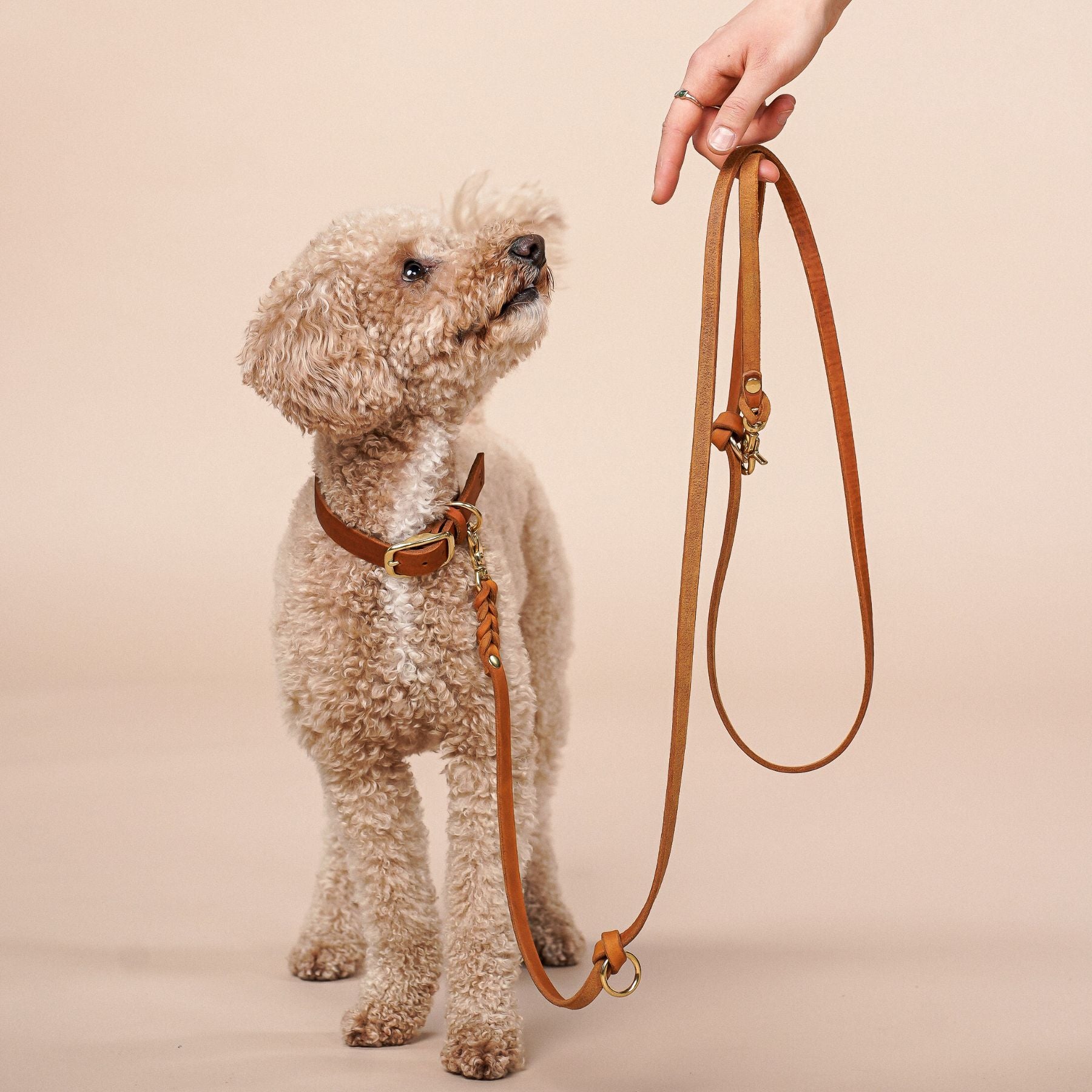
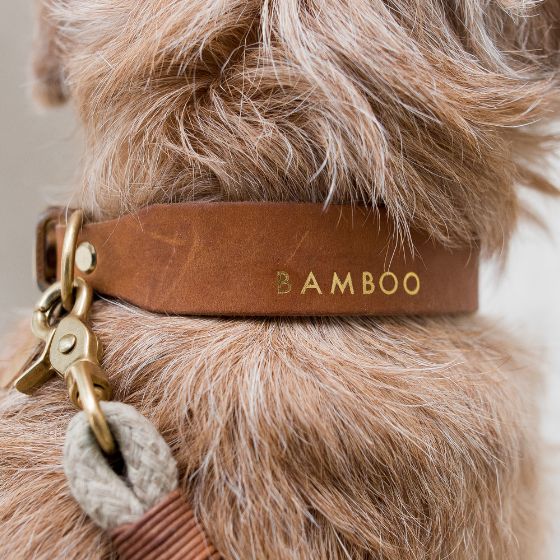
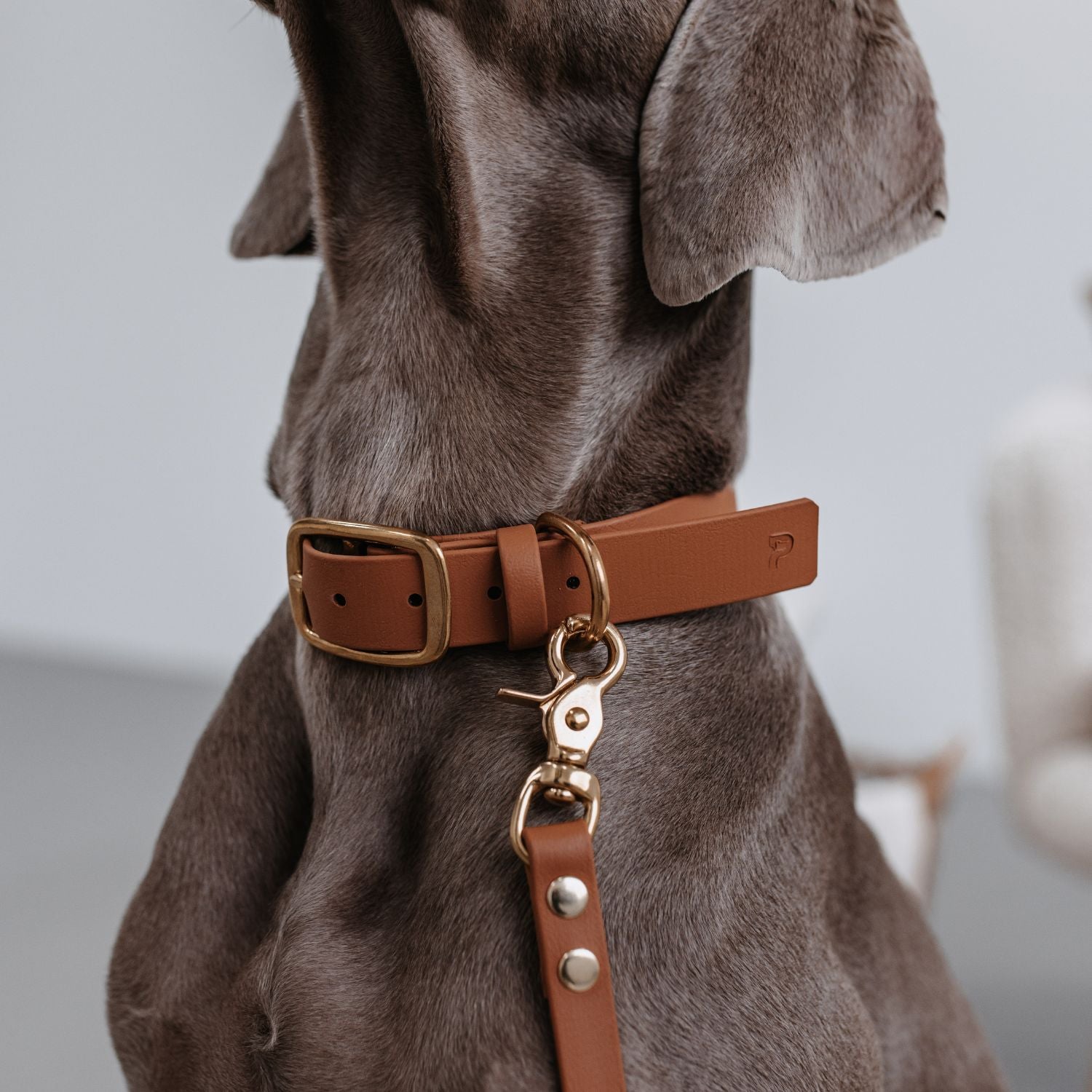
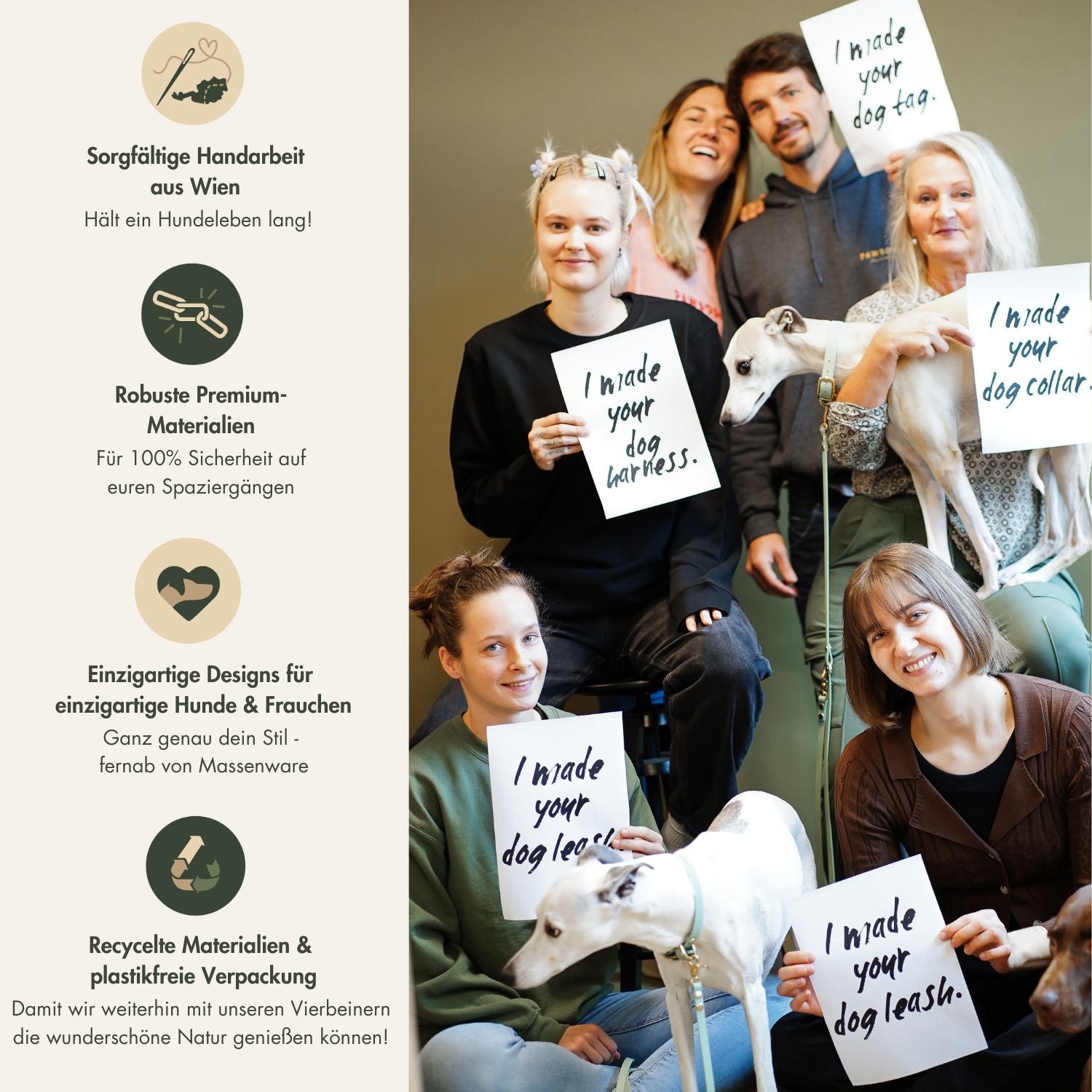
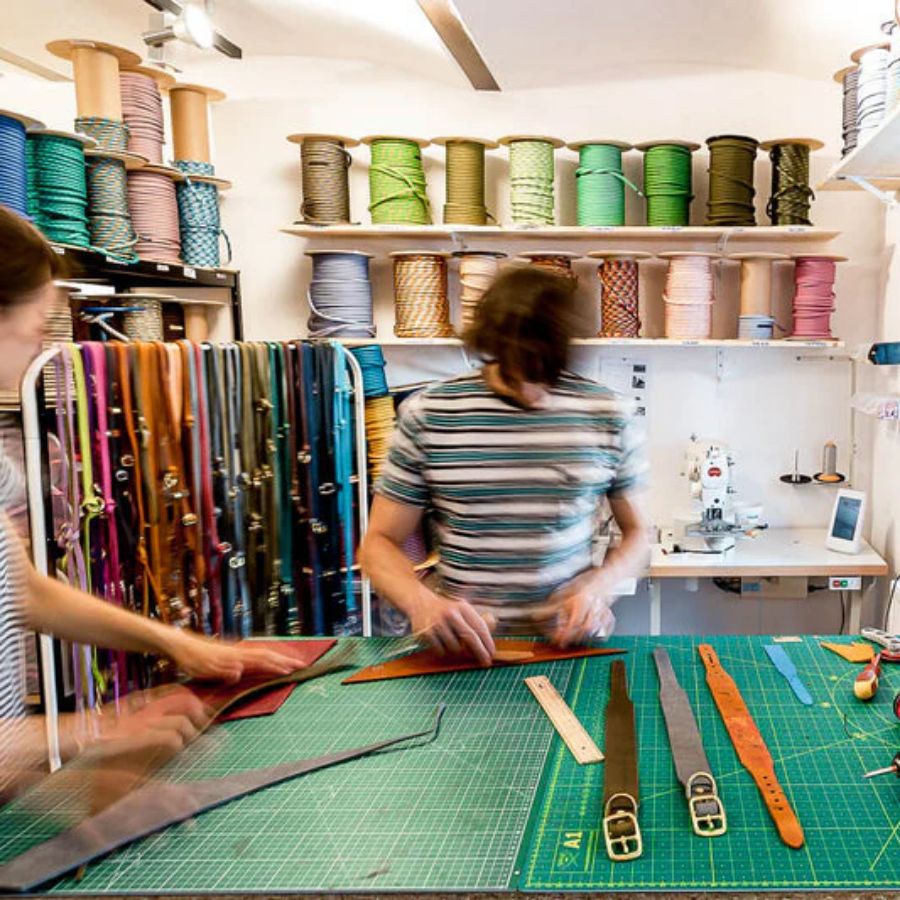

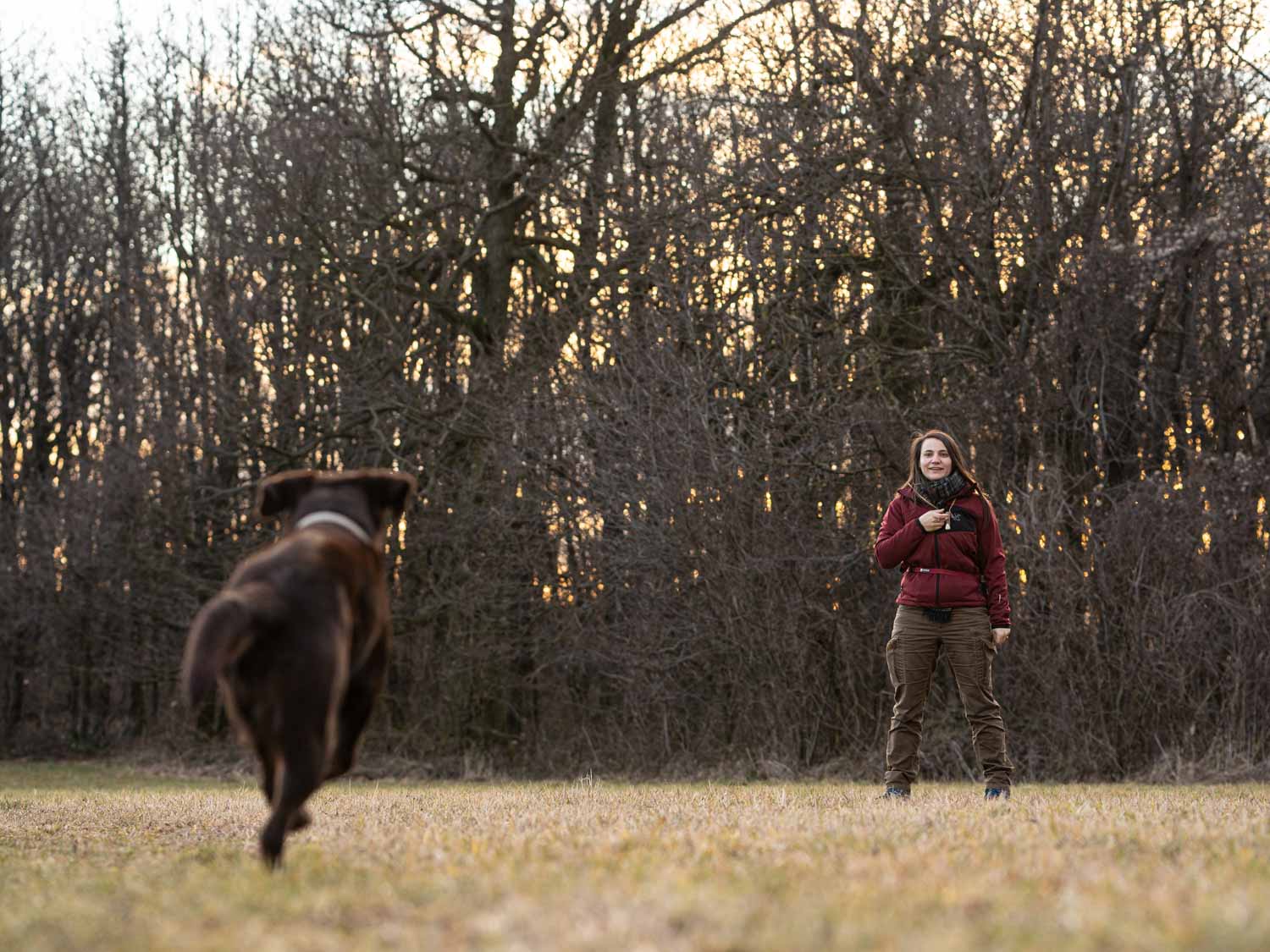
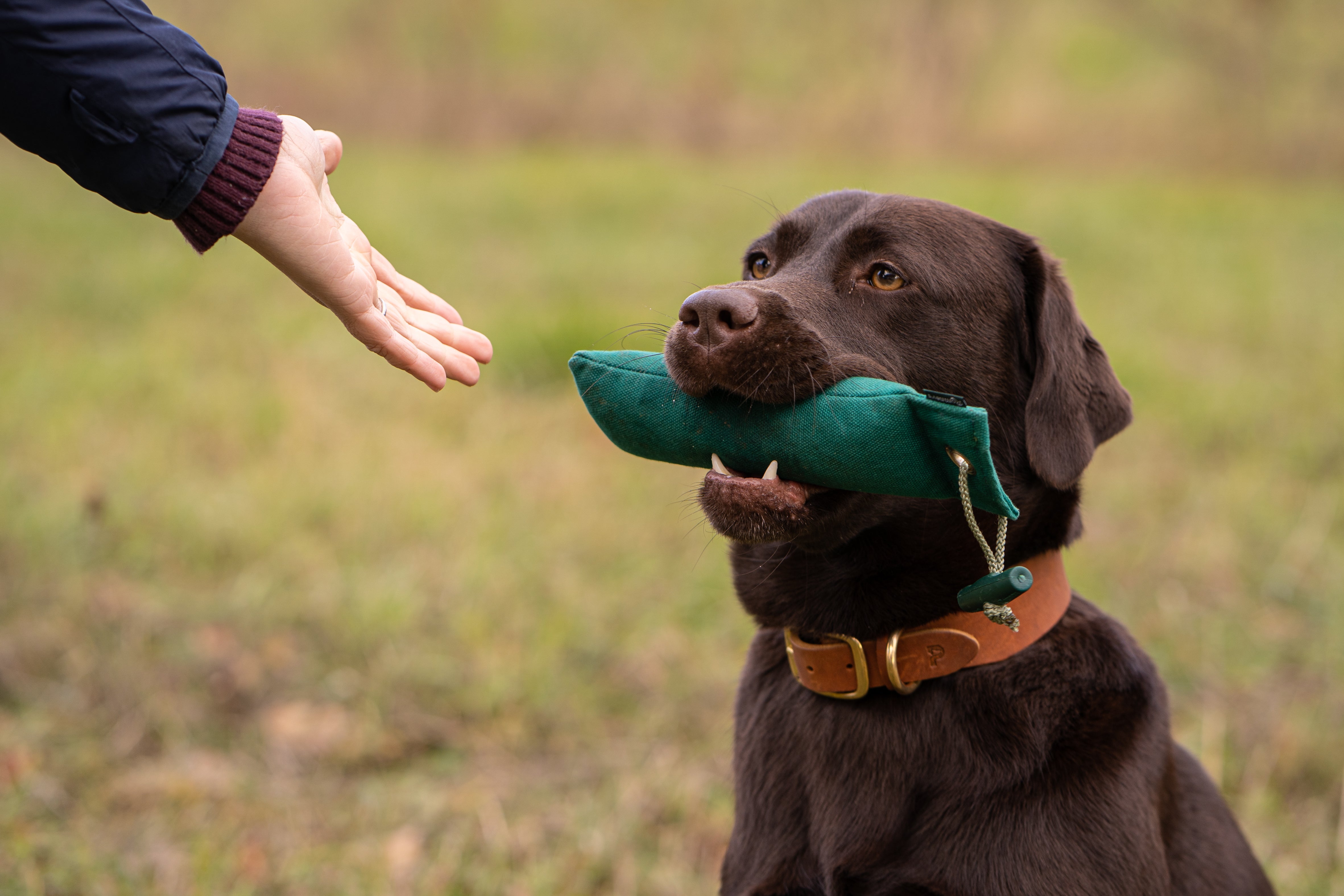
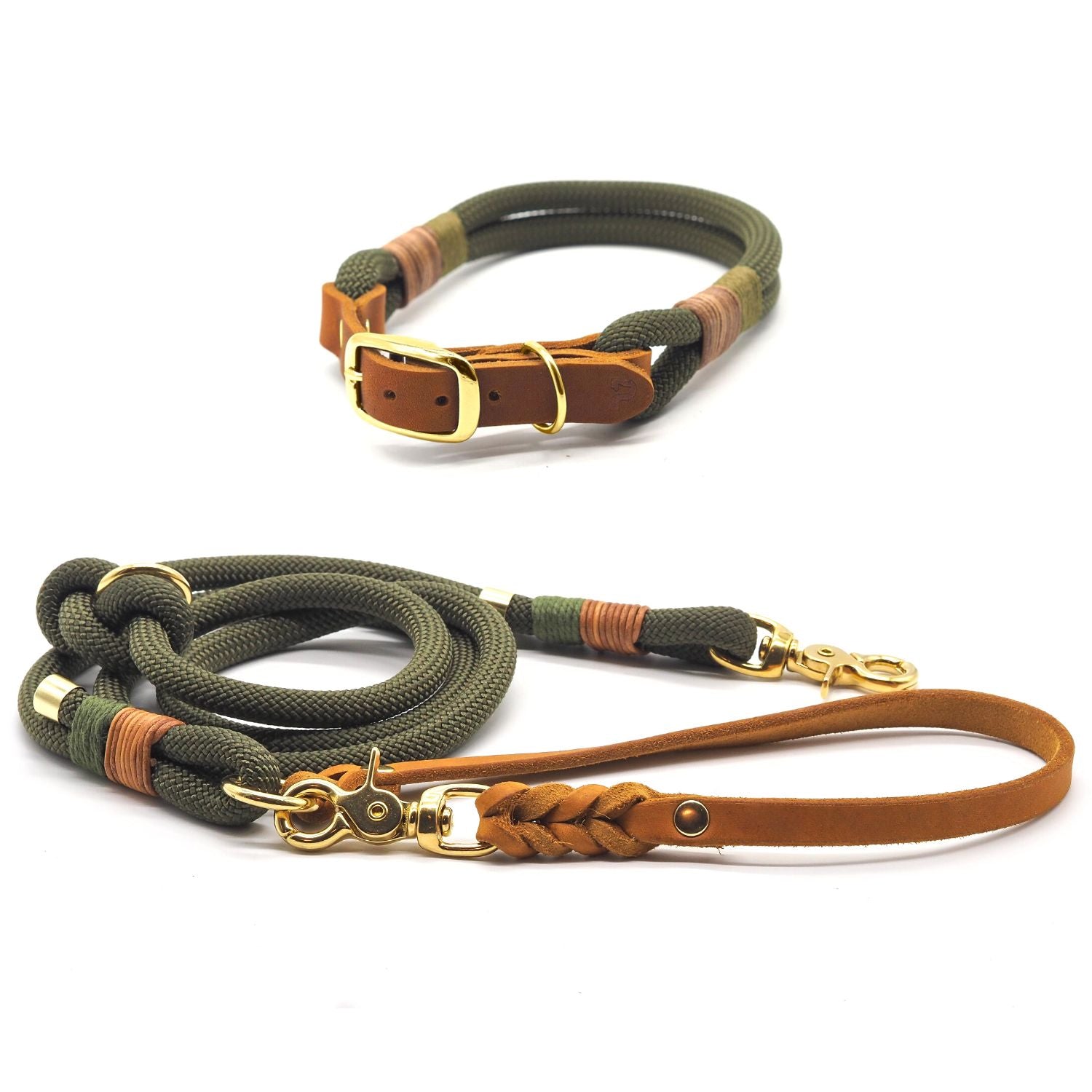

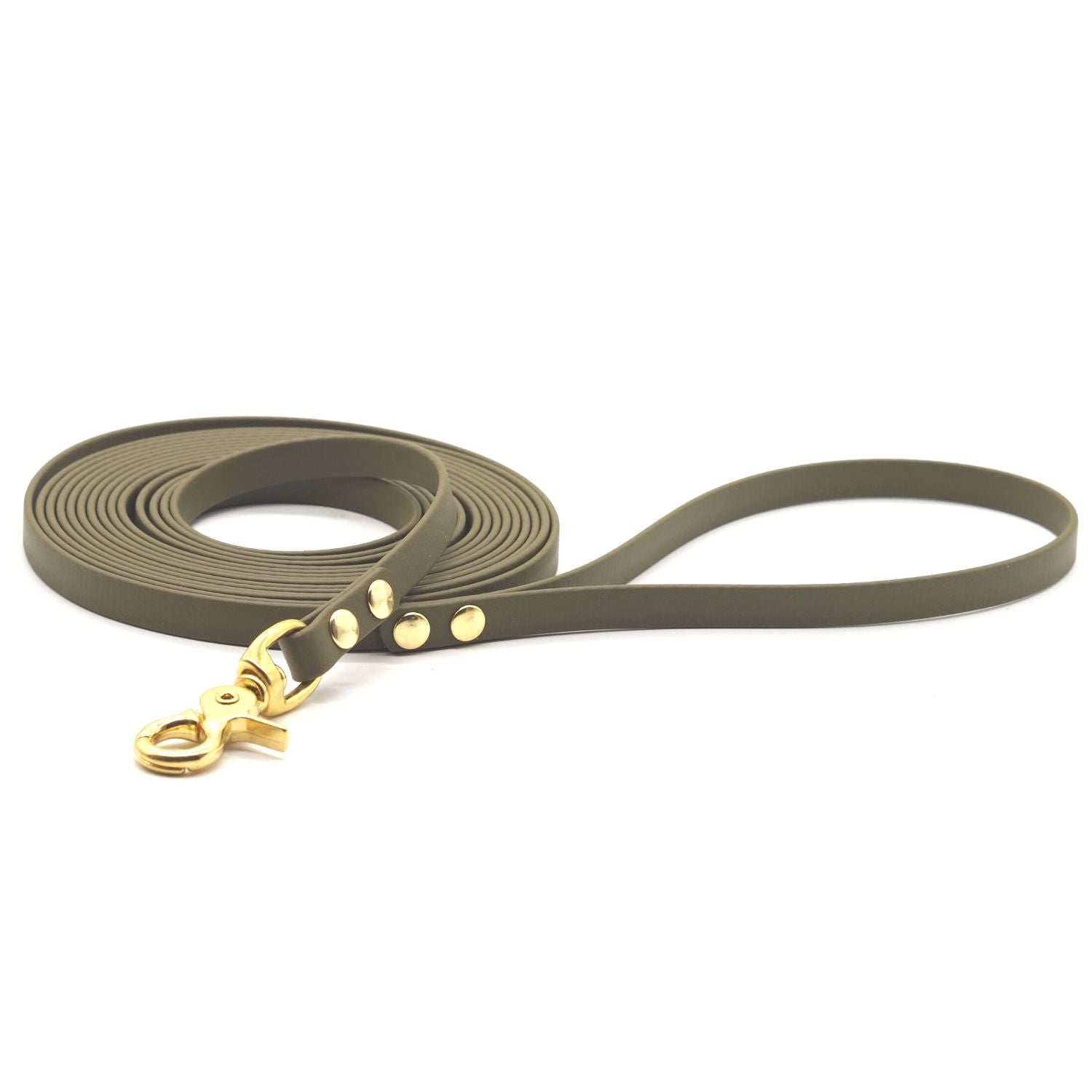


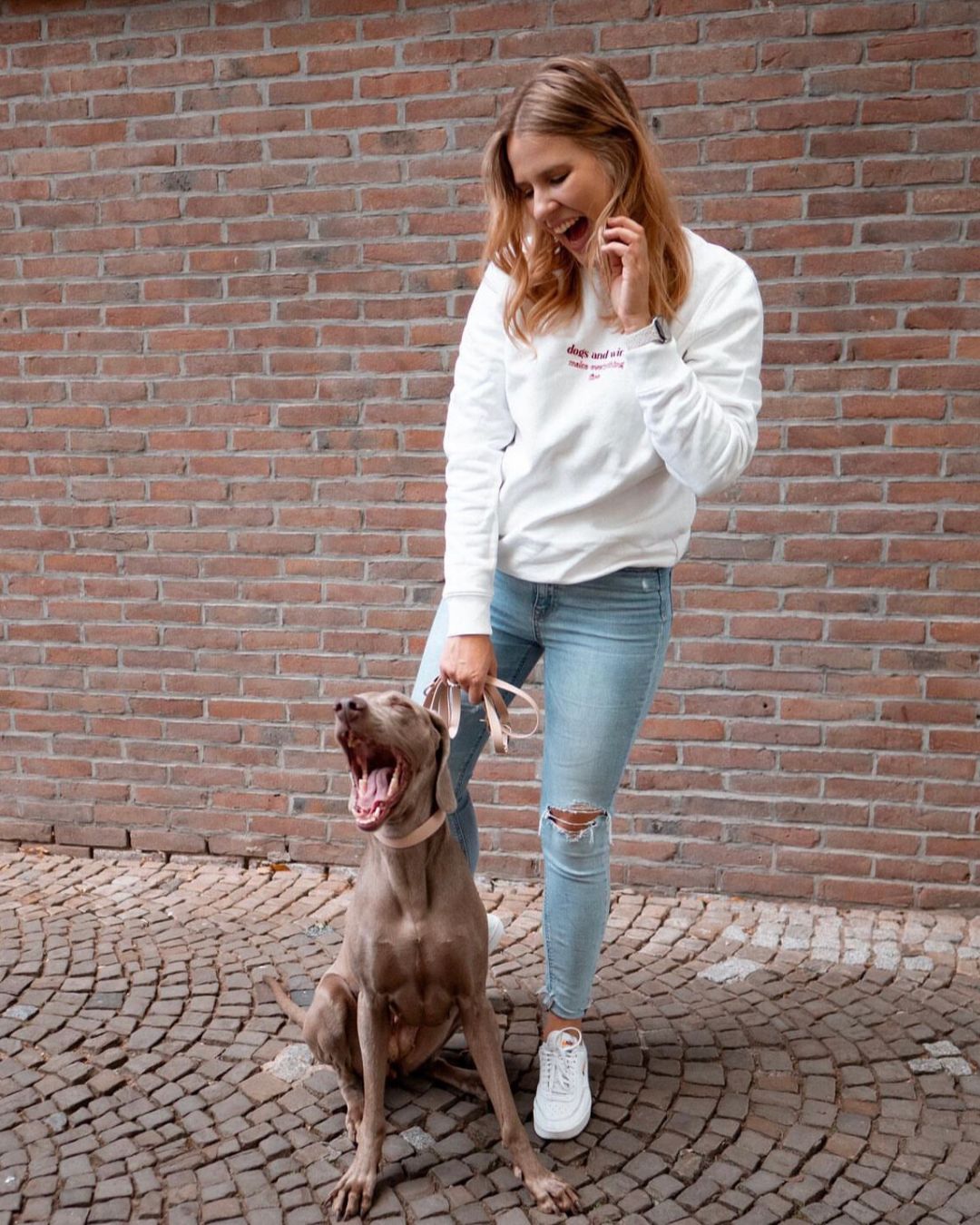
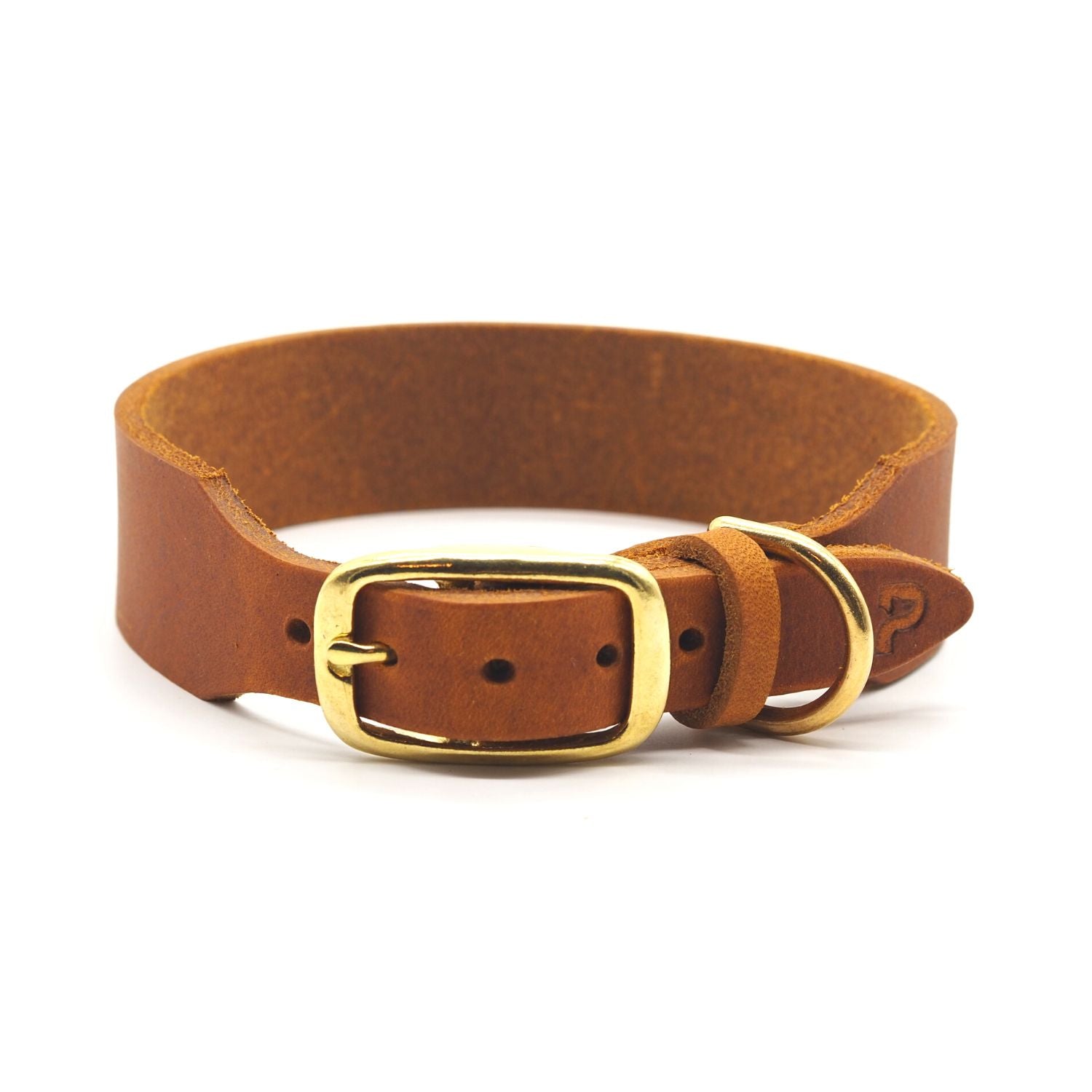

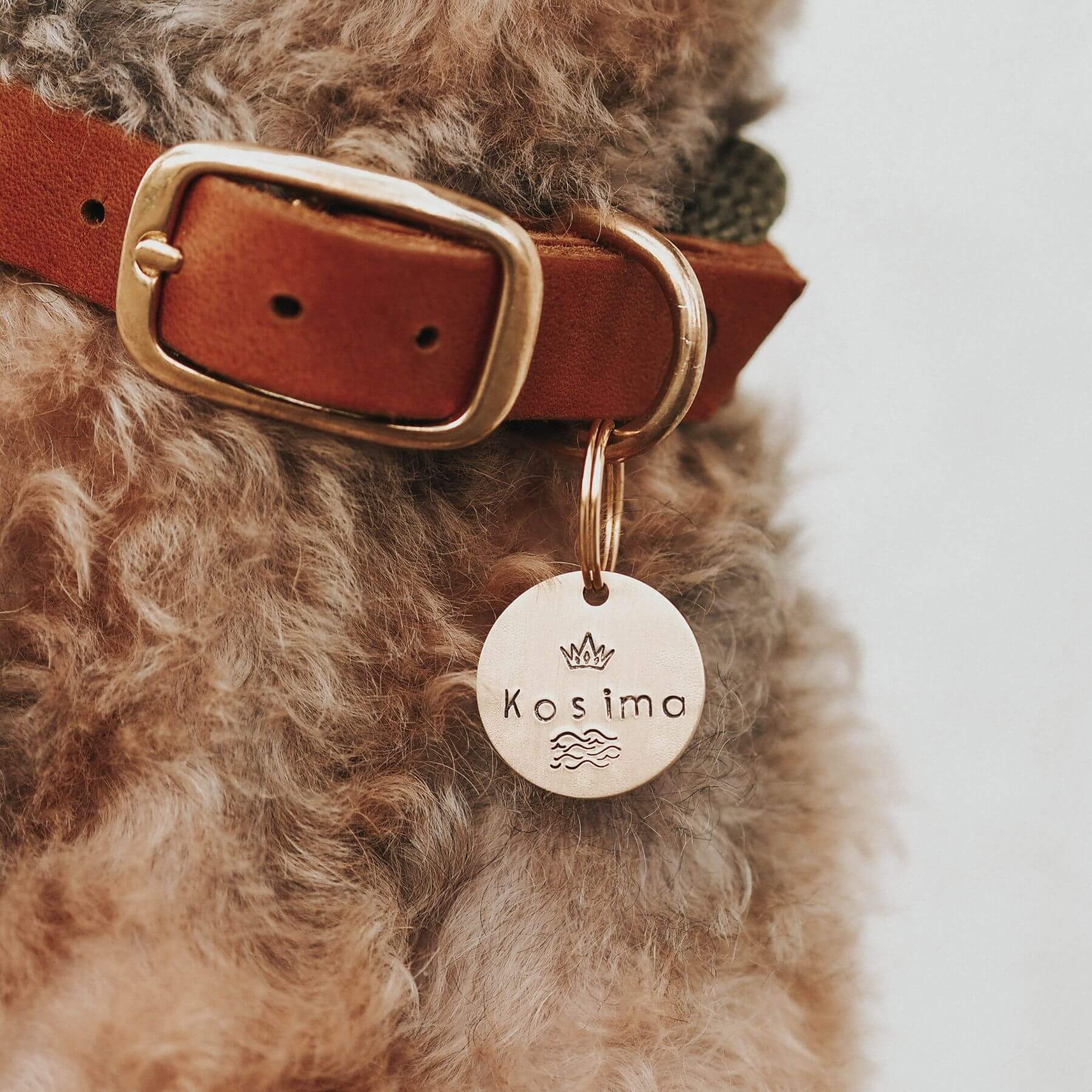
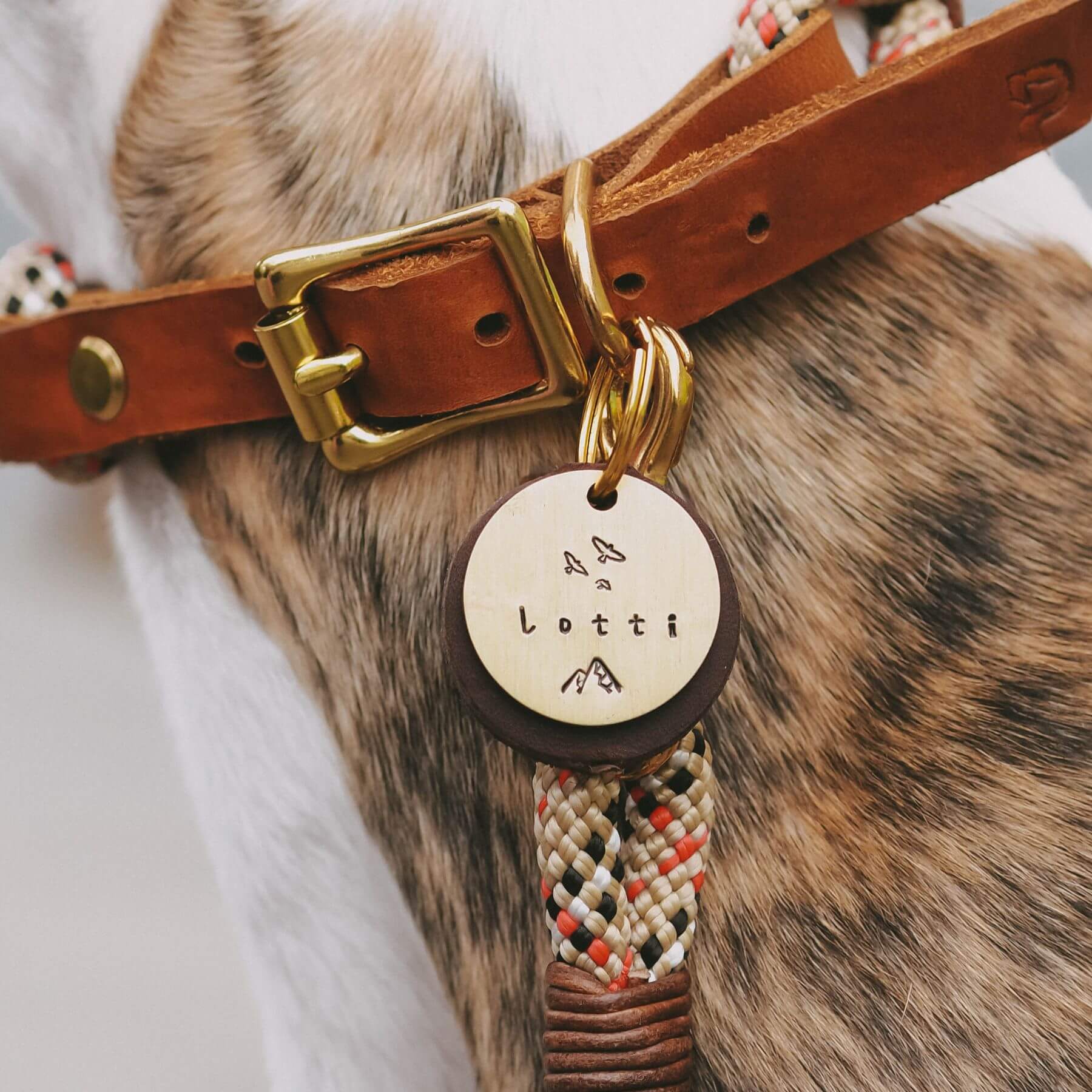




Leave a comment
All comments are moderated before being published.
This site is protected by hCaptcha and the hCaptcha Privacy Policy and Terms of Service apply.